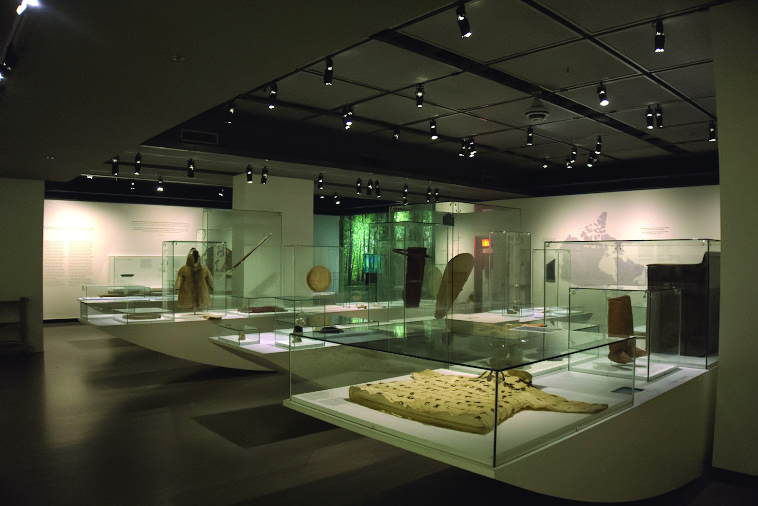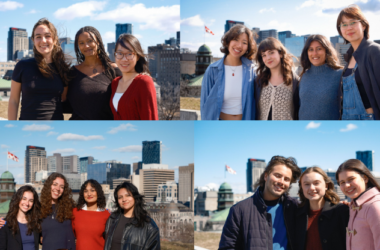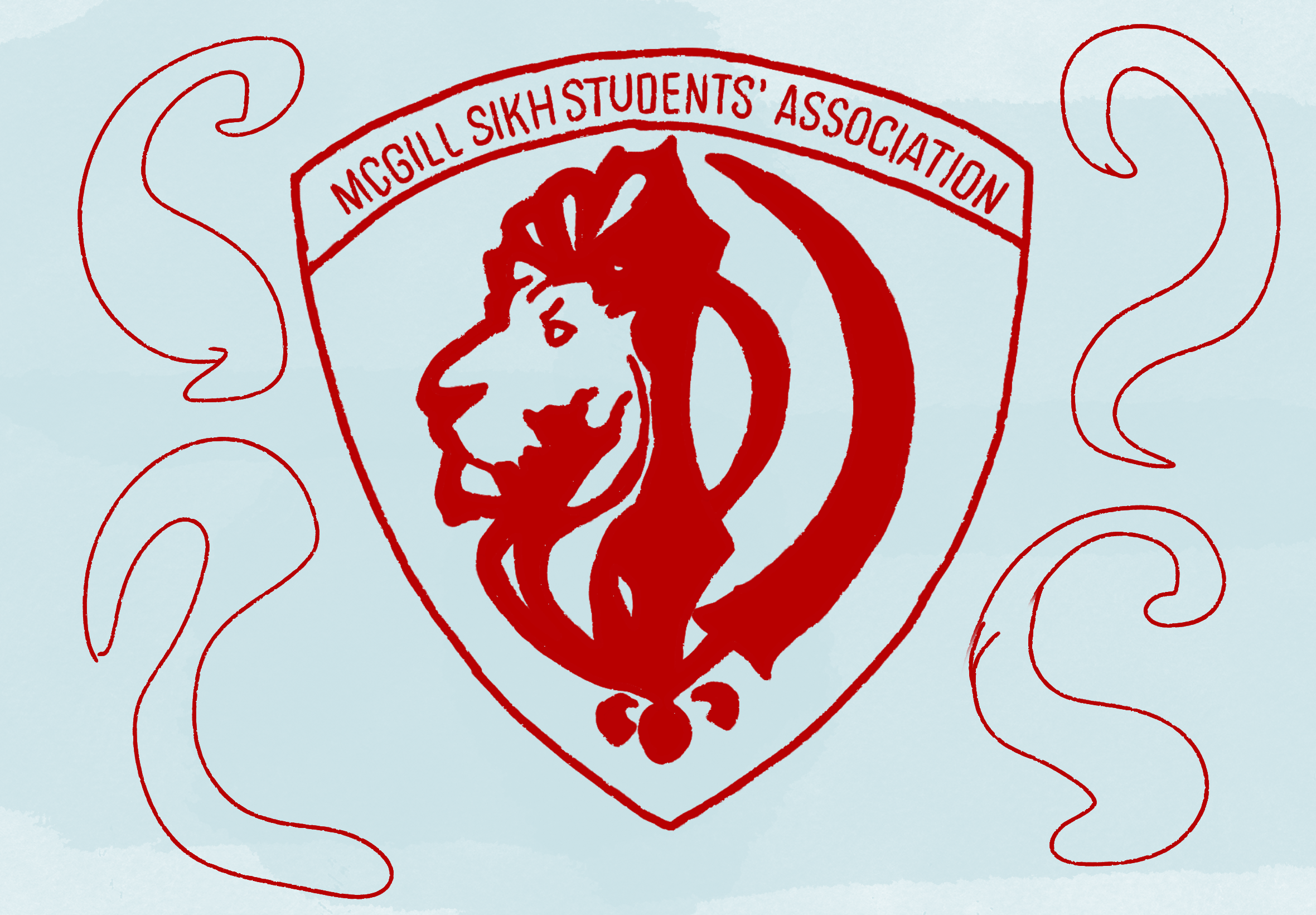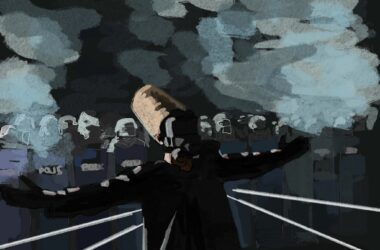You’re in a forest. Dappled light filters through a lush maple canopy and wraps you in a green cocoon. This is the entrance to the Indigenous Voices of Today: Knowledge, Trauma, and Resilience exhibit at the McCord Stewart Museum, which displays various Indigenous artifacts that highlight Indigenous cultures and histories.
The exhibit opened in 2021 and is on permanent display, with over 100 artifacts on rotation. For over eight years, Huron-Wendat curator and professor Élisabeth Kaine, who passed away in 2022, travelled to all 11 of the Indigenous nations in Québec and gathered around 800 testimonies. Quotes from her travels adorn the exhibit.
The exhibition is divided into two main rooms: One on Indigenous culture, and one on Indigenous trauma.
In the center of the forest-themed foyer, a large circular screen provides video interviews of Indigenous spokespeople, including Joséphine Bacon, an Innu author from Québec. Immediately, visitors are greeted by Indigenous voices and perspectives.
“It’s truly Indigenous people expressing themselves and what they went through, what they believe is important, and what their aspirations for the future are,” Johnathan Lainey, a member of the Huron-Wendat nation and Curator of Indigenous Cultures at the McCord Museum, said in an interview with The Tribune.
The first room is white and well-lit. Canoe-shaped tables hold artifacts from many aspects of Indigenous culture. One table, titled Moving, displays Indigenous transportation methods, with models of canoes, toboggans, and snowshoes. Other Indigenous technologies include hunting equipment such as Inuit harpoons and knives, highlighting groups’ no-waste and efficient hunting practices. The materials of the artifacts range from ivory to sinew.
The section titled Children are the Centre showcases the love within Indigenous families One table is dedicated almost entirely to baby carriers called cradleboards. A series of monochrome photos display mothers from different Indigenous communities and their children. They are smiling, the babies laughing in their cradleboards. While the physical objects inform one of the items that Indigenous peoples make and use, the photos help connect those objects to the people using them.
“The [quotes] are written with ‘we,’” Lainey noted. “So it’s our stories, it’s our traumas. It’s us.”
Other features of the exhibit help contextualize the artifacts and photos. A map on the left-hand wall shows Indigenous communities across Canada, with markers for the 11 nations in Québec. Videos document Indigenous craftspeople and homelands.
“The more you appreciate the first section, the more you feel the violence of the second section,” Lainey said.
The following room is black and dim, with a burnt forest along the back wall. Monochrome photos show the inside of residential schools, capturing how white supremacist, settler colonial policy stripped away Indigenous children’s culture and language. Totems are featured to explain how Indigenous religious practices were invalidated and judged. A television presents movies that feature damaging stereotypes of Indigenous people. In the center, a beaded, bright red dress is dedicated to missing and murdered Indigenous women and girls. Each testimony, written in red, is impactful and revealing. The walls are lined with artifacts, forcing the visitor to circulate in near-darkness.
“Now that we acknowledge Indigenous trauma, what do we do? So this is where the exhibition becomes a tool for better understanding and living together,” Lainey told The Tribune.
The exhibit ends with a room similar to the foyer, with trees and a video greeting. Centred on resilience, the room encourages visitors to be proactive about supporting Indigenous communities. One can write a message in a notebook and receive a pamphlet with ten actions they can do to support Indigenous peoples.
“We must rewrite the story of our lives by breaking the silence,” Kaine wrote on the wall at the end of the exhibition.
The exhibit is open from 10 a.m. to 5 p.m. on weekends and from 10 a.m. to 6 p.m. Tuesday-Friday.
Admission is $15 for students and free for members of Indigenous communities.









